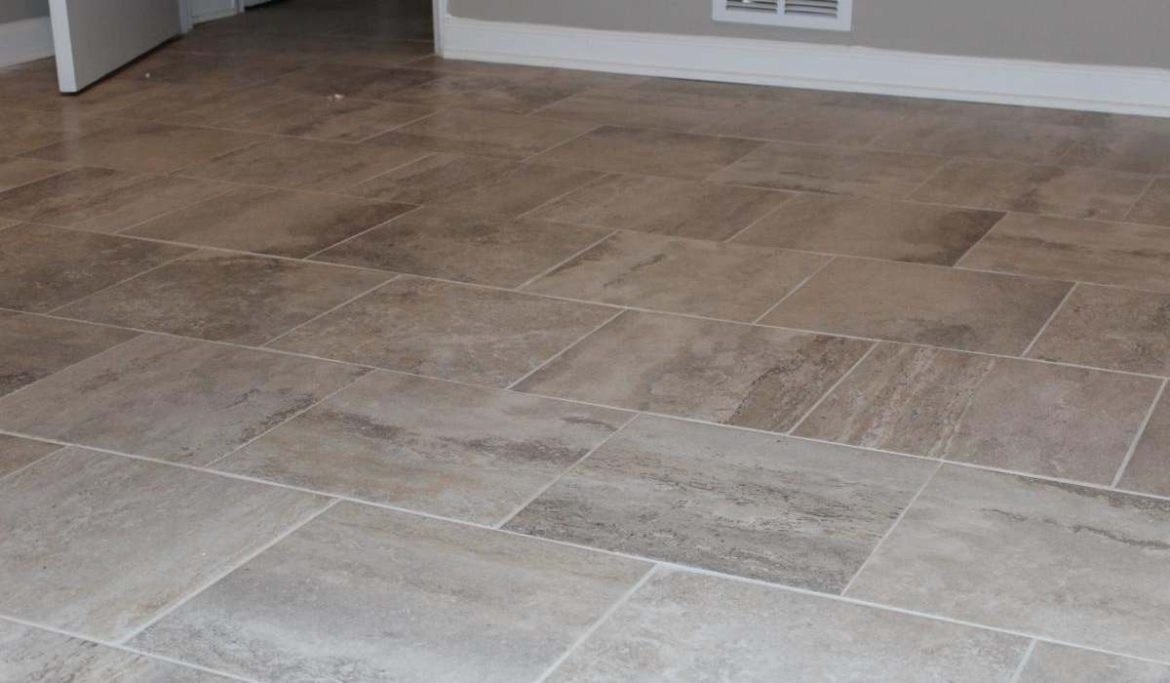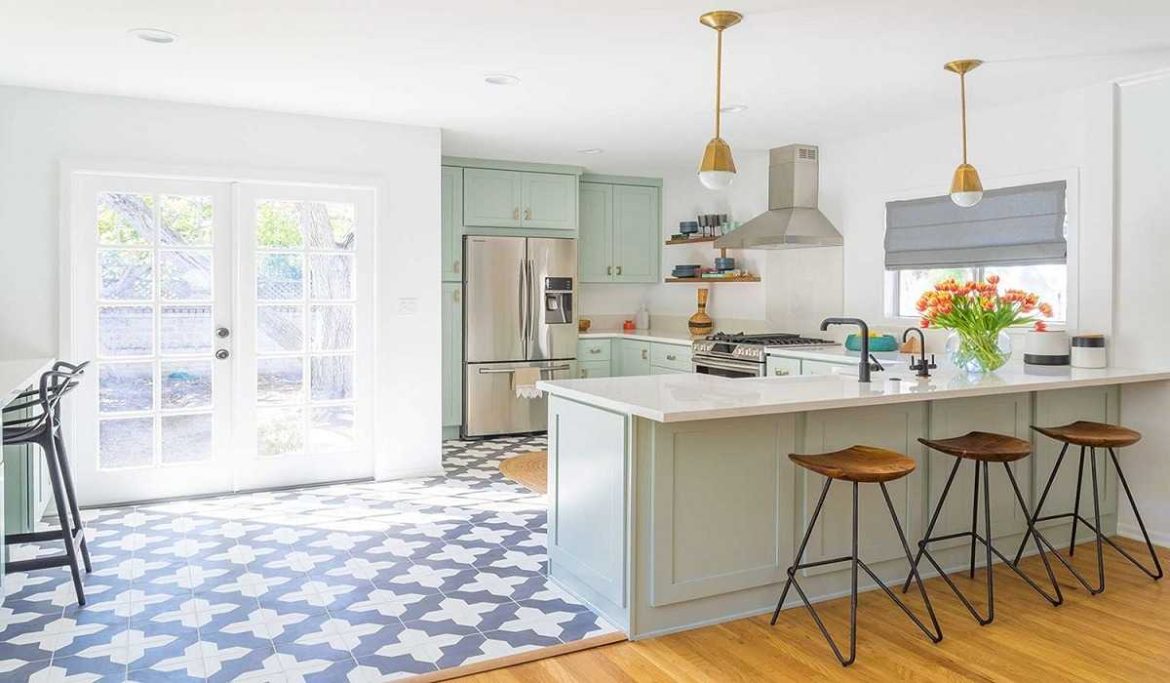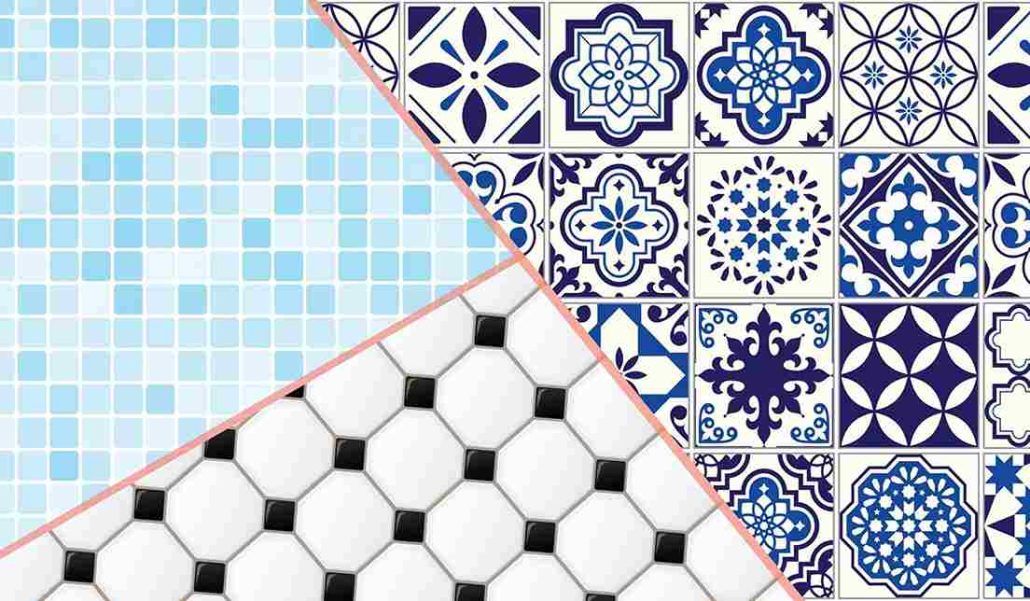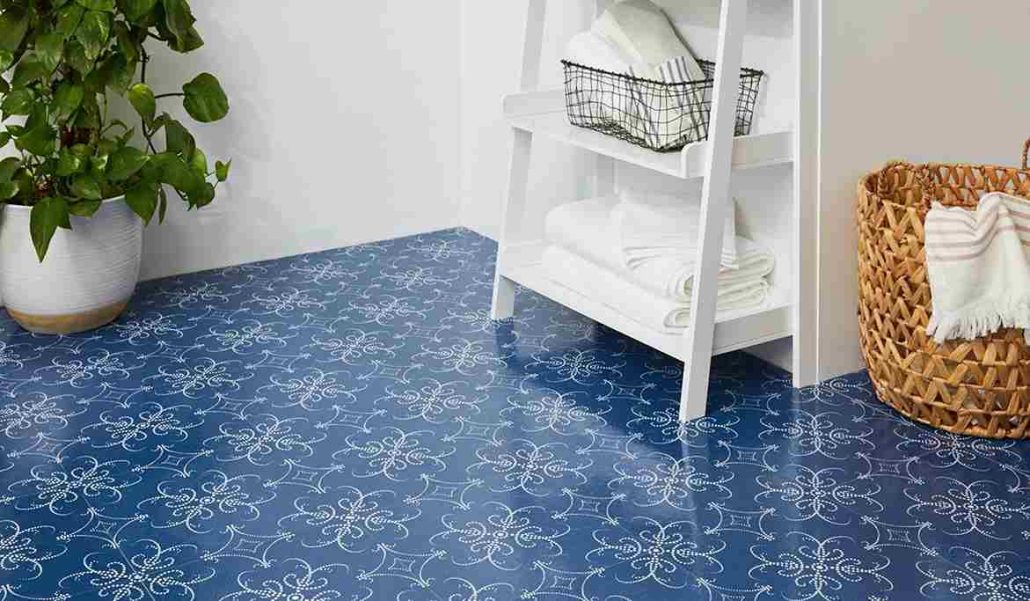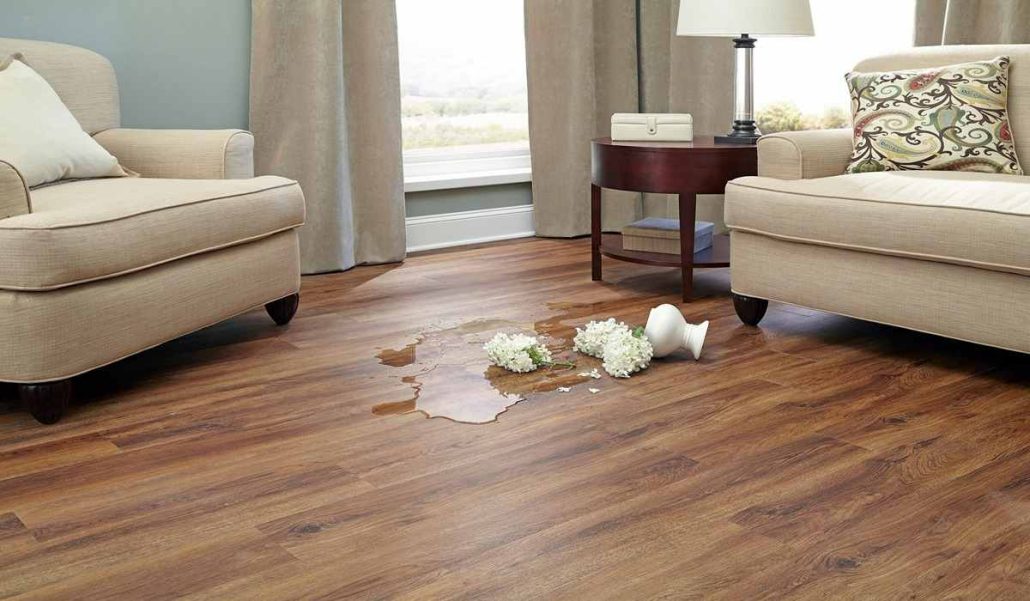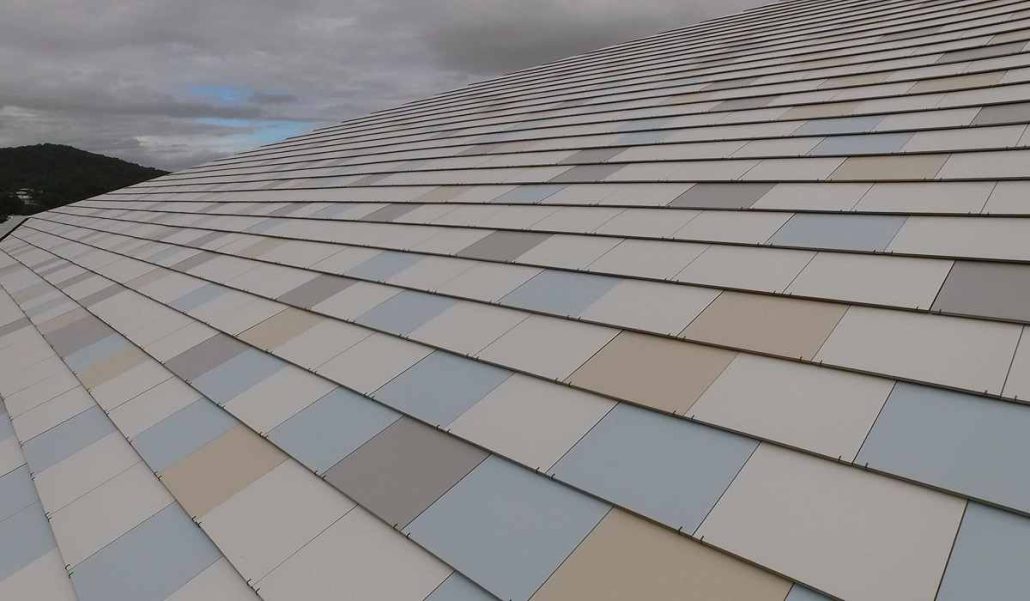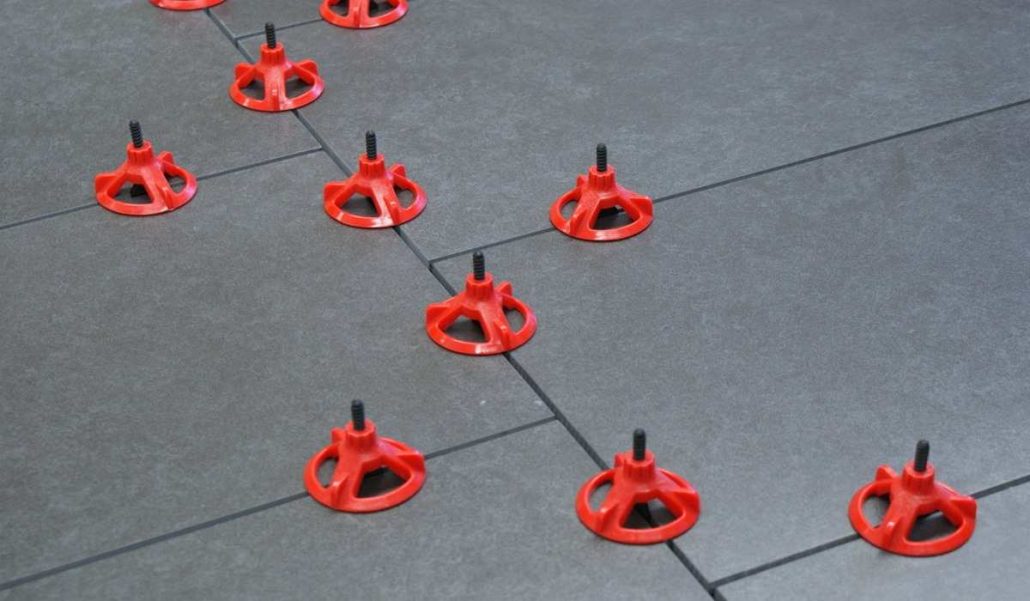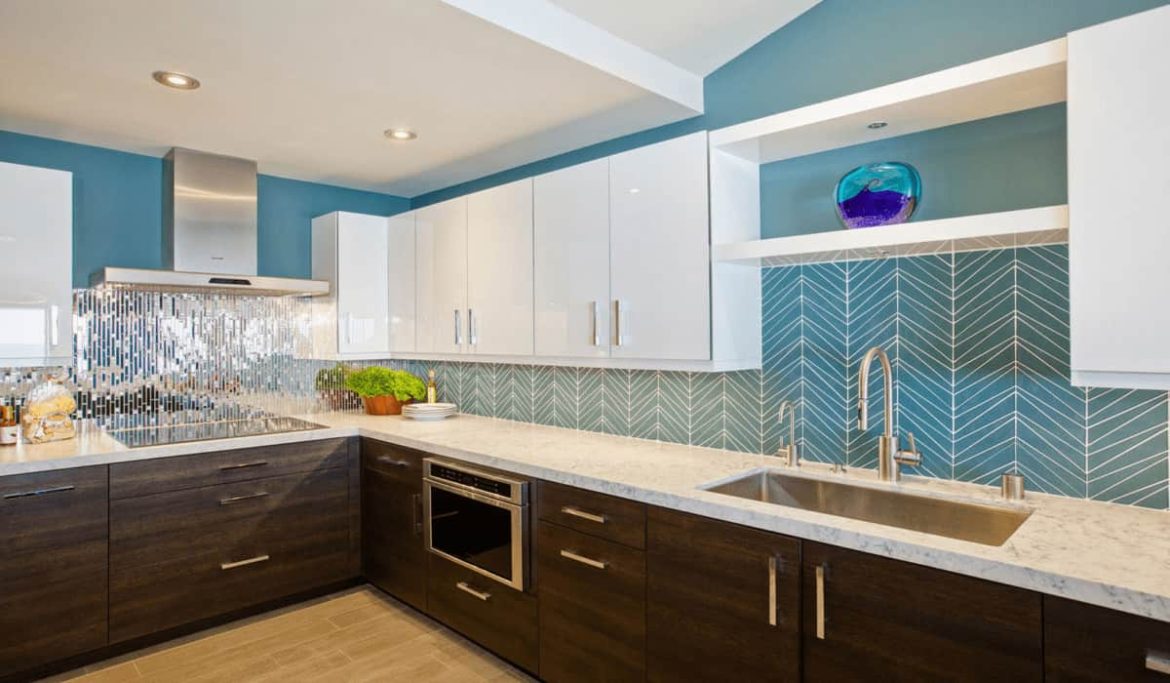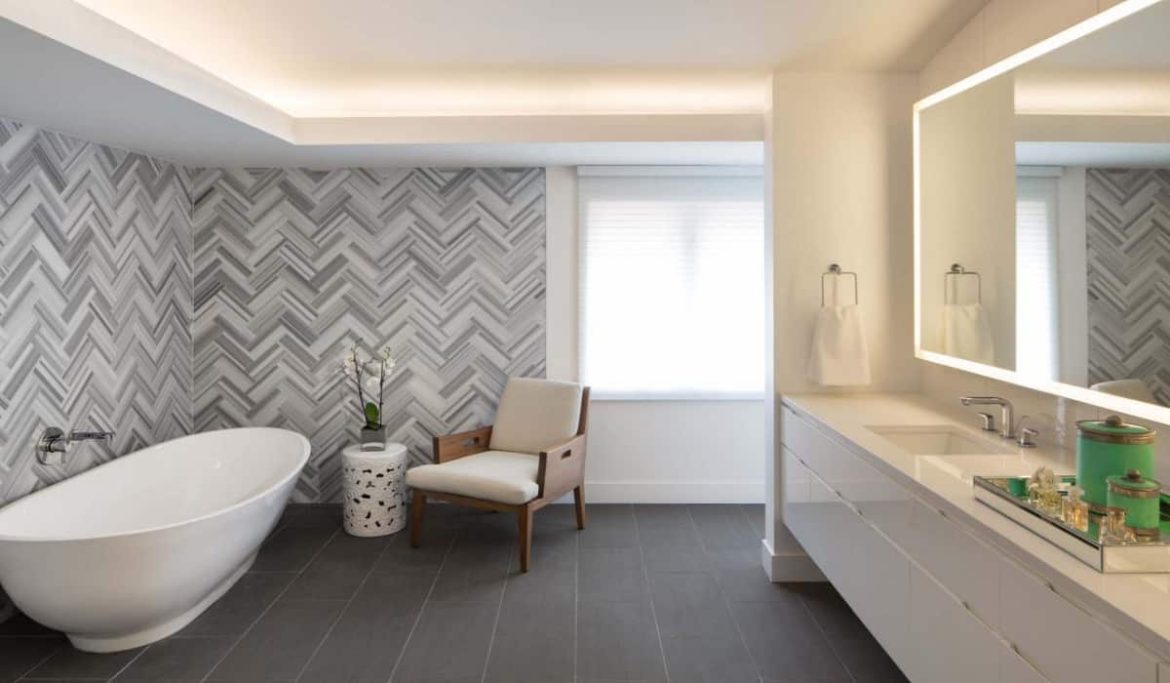How To Install Tile Over Marble
If you are thinking about how to install or tile over marble tiles, it is essential that you are aware of the benefits as well as the drawbacks of doing so
This article will take an in-depth look at the advantages that may be acquired from tiling over marble, as well as some of the downsides that can be incurred as a result of doing so
To answer your question, the short answer is yes
It is possible to tile over marble as long as the marble surface is in good structural condition, is still firmly held in place, and scarification has been performed
By doing this, you will be able to give your old marble surface a fresh look while also increasing the space’s resilience to stains and heat
Continue reading this post for more information on tiling over marble, including some crucial elements to take into consideration, as well as the advantages and cons of tiling over your marble, which will be discussed later
How well the marble itself adheres is one of the very first factors that come into play when determining whether or not you can tile over your marble surface
If your marble, whether it be your floor or your countertop, is loose or not properly secured in place, then it will be such a horrible idea to put a tile on it, and you should avoid doing so at all costs
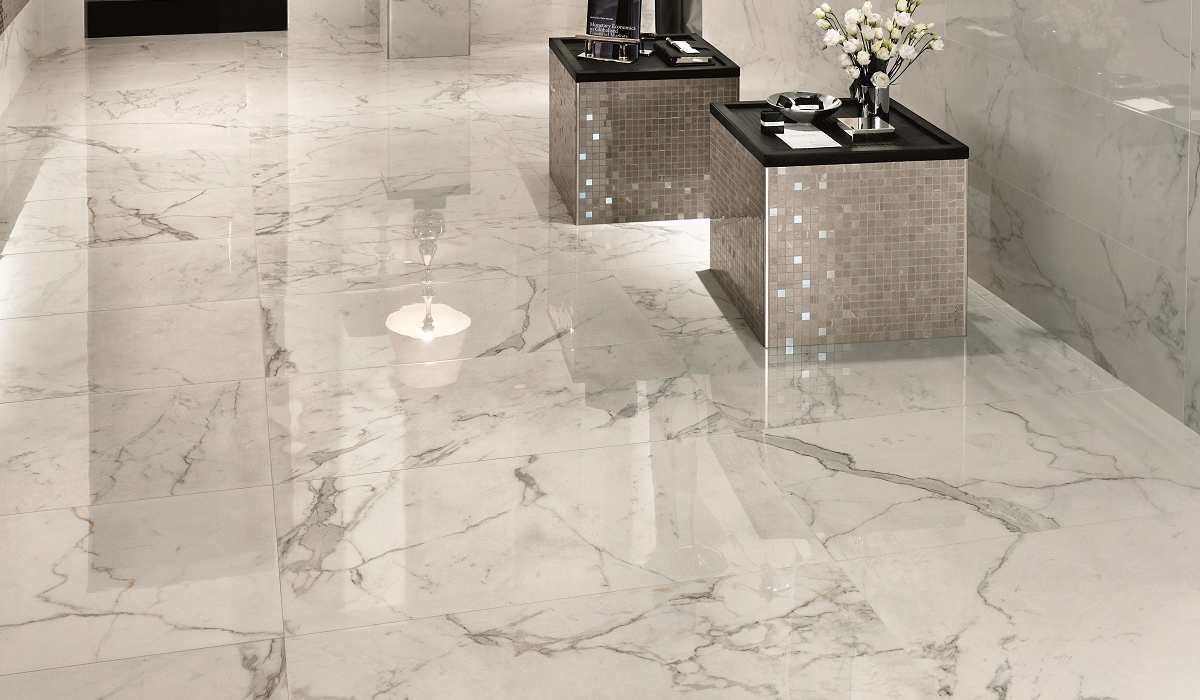
Because of this, if you set tiles on a marble surface that is not held in place firmly, the weight of the tiles will eventually cause the marble to separate from the surface or break away completely over time
You will then find that the surface is uneven and destroyed as a result of your actions
Before you tile over your marble, the state of the marble is another aspect to take into consideration
You first need to determine the overall condition of the marble surface that you would like to tile over, and then you should determine whether or not it is possible to tile over the marble surface without inflicting any additional harm
If the marble surface of your countertop is in good condition and will not become damaged over time, then you should have no problems using it as a tile surface (though for flooring, I will strongly recommend that you consult an expert)
In addition, you need to examine the marble to determine whether or not it has any cracks, as this flaw could render it unfit for use as a tile material
In most cases, cracks appear in marble as a result of water penetrating the marble’s pores, which causes the pores to grow and ultimately results in cracking
However, in some cases, cracks do not necessarily indicate that you cannot put tiles on top of them; however, this is only the case under particular conditions; as a result, you should always verify this first before making any decisions
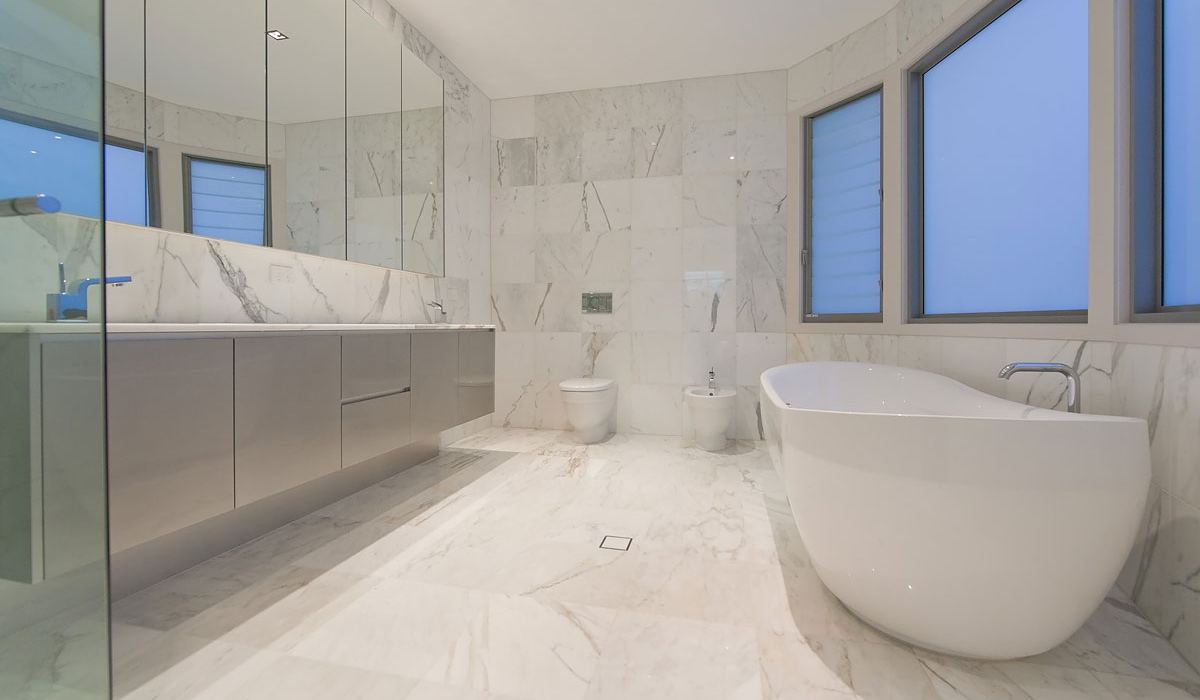
The second item that you need to think about is the kind of tile material that you are planning on acquiring in order to tile over your marble
There are many different kinds of tiles, and not all of them use the same kinds of materials
For instance, some people employ materials made of ceramic or porcelain, both of which can frequently have an effect on the amount of adhesion you will acquire on your marble surface
Before making any further choices, you need to decide what kind of material you want your tiles to be made of
This is the first thing you should think about
For instance, it does not make a lot of sense to tile over marble with a type of tile that does not have any joints in between them (like a mosaic), because without these seams, the tiles are more likely to crack off later on as a result of heavy pressure being applied onto them, such as people walking across it all day long
This can be avoided by using a tile that does have joints in between them, however, by using a tile that is not a mosaic
Before you even think about tiling over the top of your marble surface, you need to think about scarifying the marble first
This is an important step
Because scarifying the marble will remove any finish, polish, or seal off the surface of the marble, this is a crucial point to keep in mind
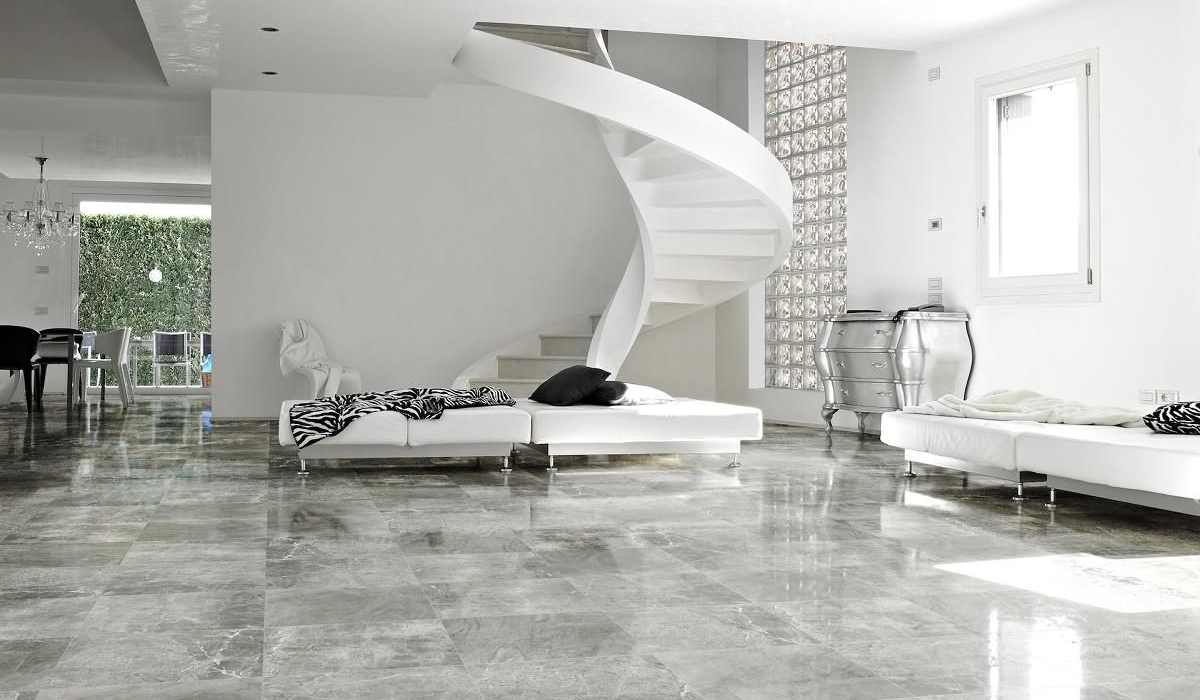
If this step is skipped, the polish or marble seal may interfere with the glue that is going to be used to bind the tile to the marble surface
Alternatively stated: In addition, the process of scarifying the marble will eliminate any sticky residue or build-up that may have occurred on the surface of the leather
Scarifying the marble stone will remove additional stains on the surface, such as watermarks, food spills, and even minor scratches, which will result in a significant improvement in the appearance of the marble over time
If you want to tile over marble, it is a good idea to resurface the surface first with something that will not impact adhesive or sealant, such as a water-based paint or varnish
This will allow you to tile over marble without having to worry about damaging the surface
“When it comes to dust control, taking a lot of precautions is something that you need to keep in mind as an important thing to keep in mind when scarifying,” You should use something like a cup grinder to scarify smaller areas such as countertops, seats, or a vanity
This is the type of tool you should use
Also, after you have finished sacrificing the marble, make sure that the stone is well cleaned and that it is allowed to dry
In order to scarify marble on larger surfaces, such as the flooring in your home, larger pieces of scarifying equipment, such as a bead blaster, are required
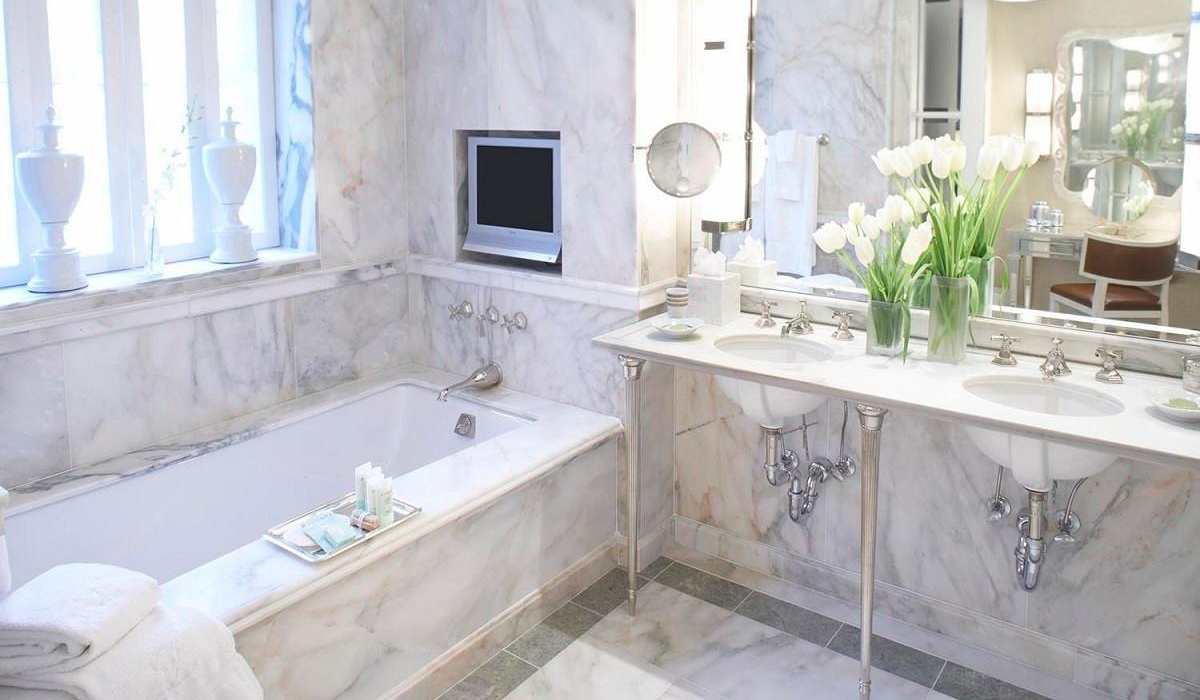
Before you tile over a marble surface, there is one more item you need to take into consideration, and that is the thickness of the marble that you will be utilizing
This is significant because tiling over marble that only has a thin coating would not only be challenging, but it also has the potential to cause harm if the tiler does not utilize proper procedures and safety precautions
It is essential that the thickness of your flooring be at least three cm in order for it to be functional
This indicates that the measurements must be adhered to for whatever sort of tile that you plan to put atop the existing one unless the original maker or designer requested something else
In addition, despite the fact that tiles may be found in a wide variety of sizes and shapes, you need to make sure that they are all smooth-sanded before installation
This will help with any leveling concerns that may arise in the future
